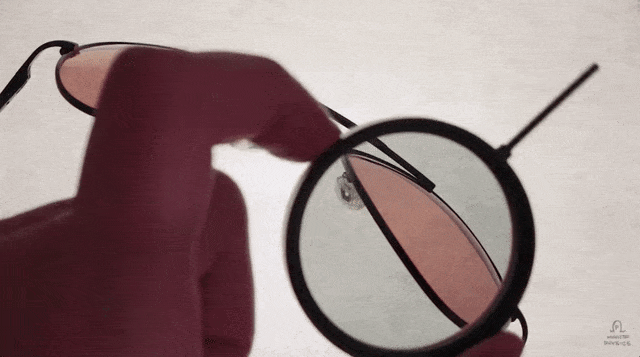Polarizing sunglasses aren't just good for blocking out the glare at the ocean. They can also give you a window into the science of quantum measurement. When a photon reaches the glass of these sunglasses, it either passes through the glass or doesn't based on its polarization. And if you layer them just right, things start getting quantum.
Photons are waves in an electromagnetic field, and polarization determines which way those waves are moving. Because photon waves are quantum in nature, they differ from water or sand, which can leak or sift through barriers. It's all or nothing with polarization.
Experiments have proven that taking multiple filters at different angles, specifically having the second one at 90 degrees, means that photon waves will be blocked out completely. This is known as Brewster's angle. At 45 degrees, it moves to 50-50 chance. At 22.5 degrees, there's an 85 percent chance that light will pass through these filters. The result is that taking a pair of lenses that would block out all light and placing a new lens in between can let more light through.
The reason? Well, let's just say it is complicated:
Source: MinutePhysics
David Grossman is a staff writer for PopularMechanics.com. He's previously written for The Verge, Rolling Stone, The New Republic and several other publications. He's based out of Brooklyn.













